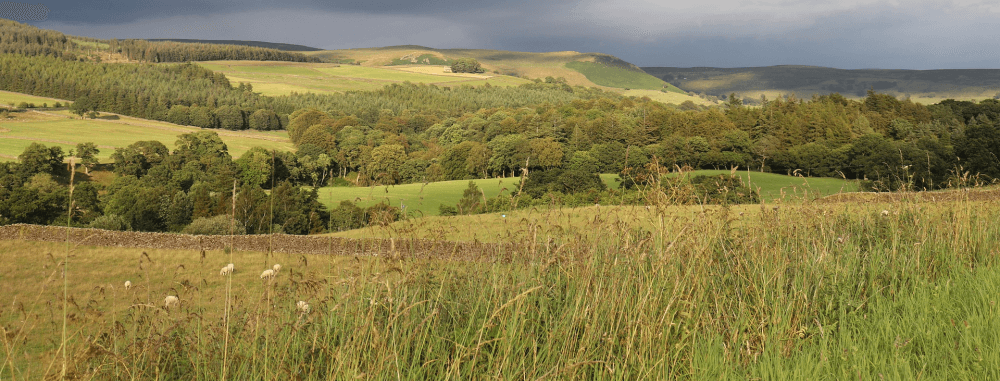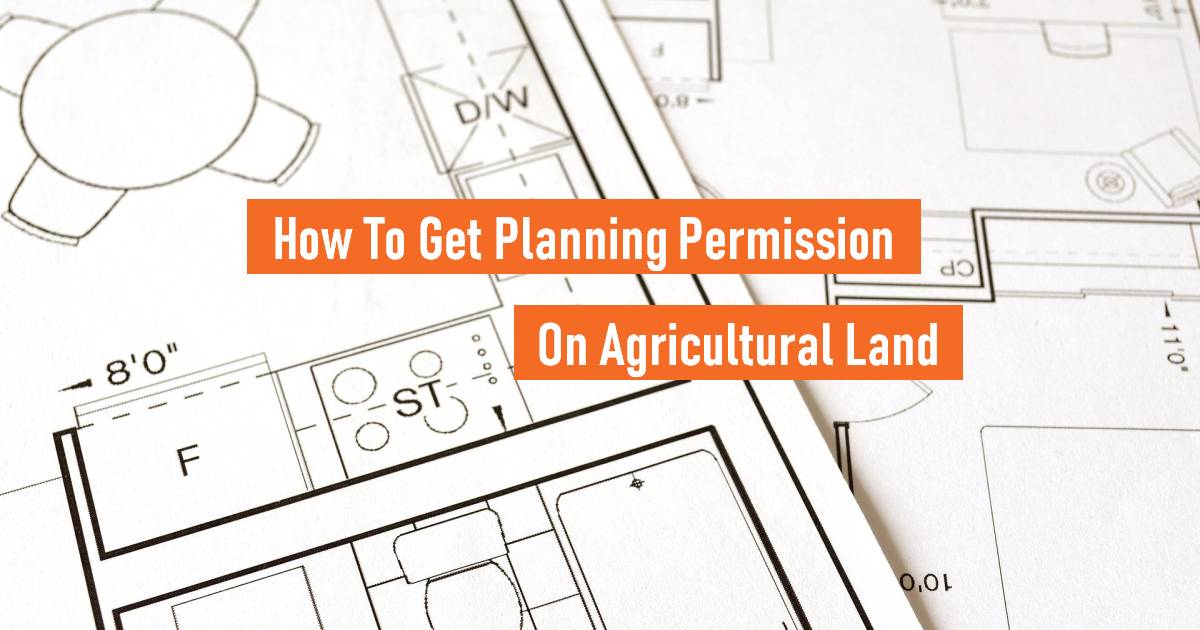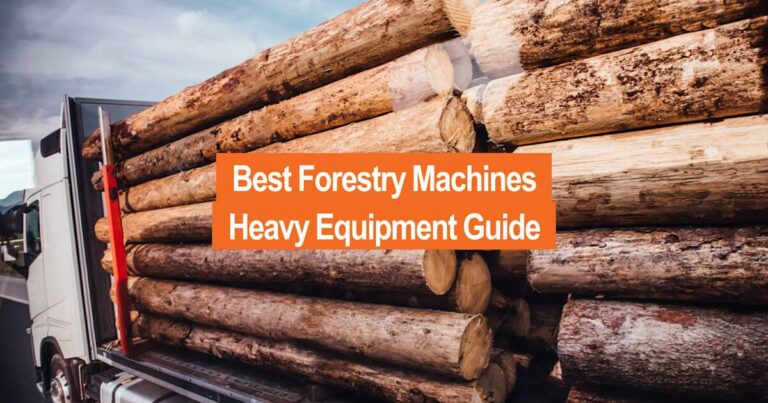Planning and developing agricultural land comes with an entire set of issues and constraints. The main one is that preserving natural, green spaces is crucial for farmers of the future, and for the environment.
But sometimes, either because you need to develop some land to sustain your own living or because you are looking at branching out, developing land is the best option.
Getting planning permission is a complicated process and makes a massive difference in the price of land. Land with existing permission can be sold for well over 20 times the price of the same piece of land without permission.
Being granted permission to build depends on a number of factors that you need to understand before making any major decisions. Buying a piece of land hoping to get permission and then failing, could cost you a lot of money.
Planning Permission Step-by-Step Process
The first thing to understand is that there is never a set path to getting planning permission. It’s rarely easy and there are lots of thing that can go wrong. But there are some things which you’ll need to consider before you even apply for permission.
- Consider your finances: Do you need to sell land? Do you have the money to buy more land? Will you need to borrow money? What will the return on your investment be? There is no point planning a building, or even contacting an architect if you don’t have the finances to complete the project.
- Consult the experts: Financial brokers (farm land specialists), architects, conservation experts, contractors, surveyors, planning officers… You’ll need a myriad of people helping you. It’s better to get it right from the start or you might find yourself repeatedly asking for permission when an expert could have helped you get it right first time.
- Plan: Whatever you are building, you need a good plan. Planning officials will want to understand everything before they grant permission. If you give too little details, you’re likely to get denied.
- Application: When you have detailed plans, you’ll need to submit the plans to your local planning office. They may come to survey the area and calculate how much of an impact you are making on the land.
- Wait: As always, these things take time. During this time, it’s worth looking to see if you need permits or permission for other parts of the project.
Building On Agricultural Land
Let’s remind ourselves of what is the definition of agricultural land:
Agricultural land is any piece of land used for farming-related activities. This means rearing livestock, planting crops, or any activities supporting these ends.
As the population increases, the overdevelopment of agricultural land could result in a shortage of farming produce, which could mean no home grown food.
Currently 70% of the UK is dedicated as agricultural farmland, that’s 17.2 million hectares. While this might sound like there is plenty of land left, around 26,000 hectares are being lost per year. This means agricultural land is soon going to run out.

When it comes to erecting buildings, there is a considerable difference between constructing one or two buildings that will support your farm, i.e. a barn, and building multiple houses to sell for residential use.
From a planning permission perspective, the function and number of buildings could mean the difference between success and failure.
If you have been approached by a developer or are planning to sell to a developer, you need to consider what land you are retaining. Land requires access, so you need to be sure that if a developer puts a housing estate or golf course on the land, it won’t affect your farming activities.
Planning Permission Purpose
If you can prove that you need a building on the land for farming purposes, even if that building is your house, you’re highly likely to get the permission you need.
For example, if you need to be present 24 hours a day to tend livestock, that would qualify you for permission to build a house. Although there is never a 100% guarantee when it comes to permission, this is as close as it gets to definite.
If you are looking for land to invest in, be very careful. Investors make many promises, but until the planning permission is granted, nothing is certain.
Even if they have developed similar plots before, be cautious of investing in agricultural land that doesn’t yet have planning permission.
Getting Planning Permission For Agricultural Land
Getting in touch with your local planning officer will definitely help. They know the area and will know what is likely to be accepted, and what isn’t. They will be able to give you advice on what sort of building you need to get permission. This is especially useful if you plan on hiring an architect.
When submitting an application for planning permission, you’ll need to consider not only the size and location of the building but also any changes to the surroundings, such as a driveway. Additionally, you’ll need to consider the impact on any neighbours as well as the impact on the location.

Once you’ve submitted your application, there will be a consultation period where you may have to adapt your plans according to comments from the council and local residents. You might also have to deal with conservation orders.
Normally, this whole period takes around eight weeks. It results in either permission being granted, refused, or you may be given feedback on what to change to improve the chances of approved the next time around. Statistics show over 20% of applications are refused first time around.
Lots of farmland is in areas of natural beauty. This means that not only does your building have to have minimal impact, but it will have to fit in aesthetically. This could mean stone facings and specific roof colours, all of which cost extra, but will be crucial to getting permission.
The UK government regulations mean just the application can cost you around £100 – not something you want to be doing multiple times. Once you add the cost of hiring an architect, the building costs, labour costs, material costs, and the cost of the plan itself – converting land for building use is not straightforward or cheap.
The Cost Of Planning Permission
Buying agricultural land in order to get permission for development can be less costly than buying land with permission. Whether you are seeking permission to repurpose your own land or looking to buy new land, finances are crucial, and can be restrictive.
In cases where the required costs are greater than your current assets or savings, a broker who has experience in agricultural land finance can help support you.
In these cases, a broker will look at your plan for the land, your repayment options, and your potential future earnings to help you get started. This means if you are buying land which you will later turn into residential properties for a profit, a broker can put you on the right path.

When it comes to developing land, a specialist rural finance broker such as Evangate FS will take into account how long the project will take to be completed, and when you can expect to see a return on your investments.
These factors will inform the repayment schedule to you can be assured that you are getting a better, more personalised deal than going directly to a lender. Sourcing money to develop your land is easier than getting the actual permission!
Most financial brokers specialising in agriculture will also be able to help you with the planning process before the application, so it’s best to get in touch early. This way, you’ll know your budget and can plan around it.
If you would like additional advice on arranging finance to purchase agricultural land for property development or to secure funding to build on your land, contact us today.




